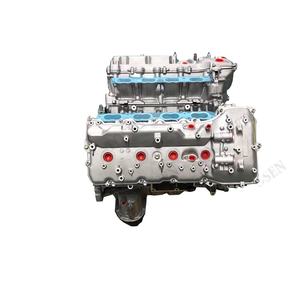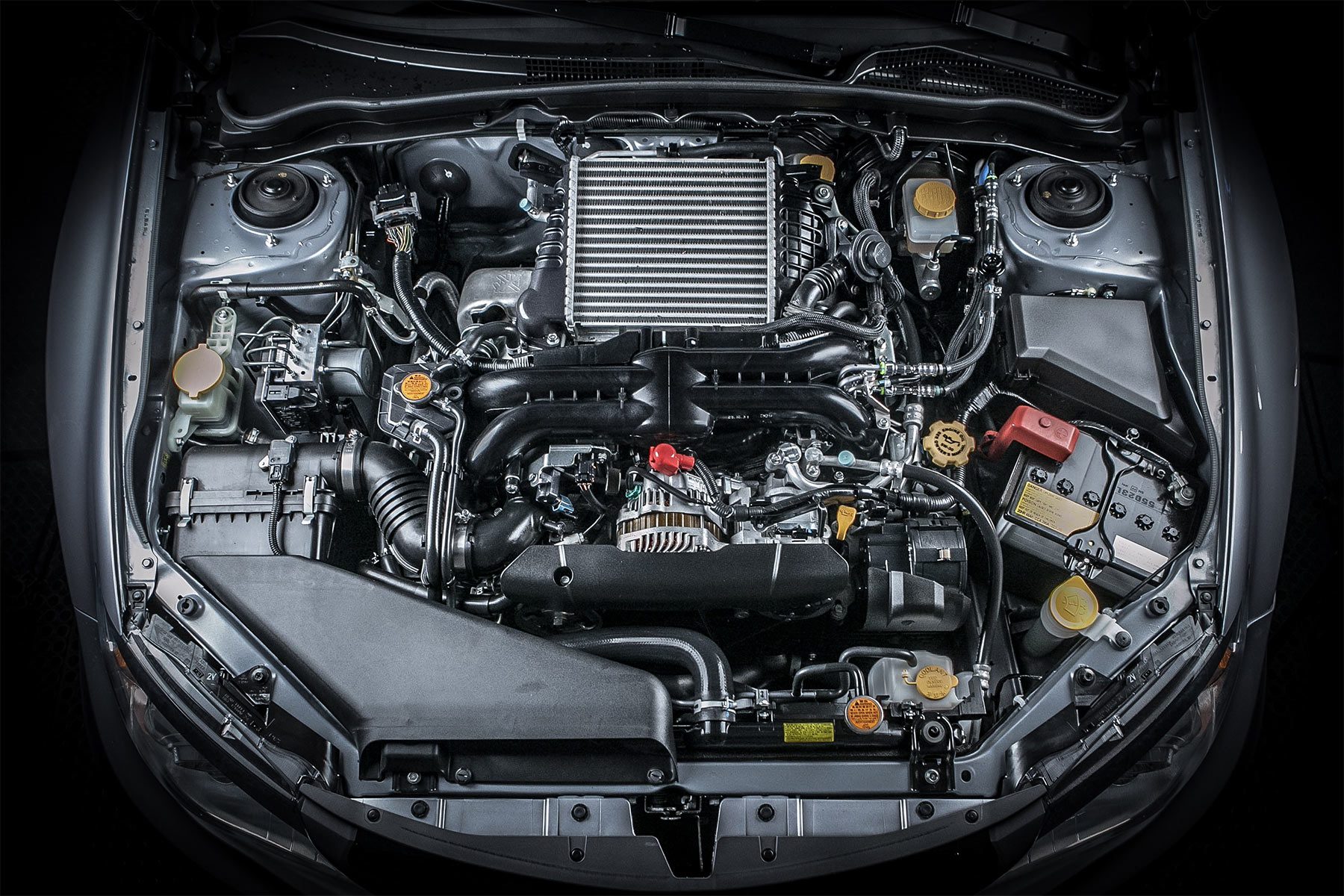Powerful and efficient Tiny Vehicle Motor Performance Analysis
Analyzing the performance of small car motors is a nuanced task that needs an eager eye for information and a deep understanding of vehicle design principles. By examining key metrics such as horsepower and torque, as well as assessing fuel effectiveness, we can uncover understandings right into exactly how tiny car engines can be maximized for peak efficiency.

Little Automobile Motor Efficiency Metrics
In analyzing the efficiency of little cars and truck electric motors, key metrics such as velocity, fuel performance, and power outcome play an essential role in determining their total efficiency and viability for different driving problems. Velocity, gauged in secs from 0 to 60 miles per hour, indicates exactly how rapidly a tiny car can reach greater speeds, which is crucial for combining onto highways or overtaking other cars. Gas efficiency, commonly gauged in miles per gallon (MPG), reflects how much a tiny automobile can travel on a gallon of gas, influencing running expenses and environmental sustainability. Power outcome, shared in horsepower (HP) or kilowatts (kW), signifies the engine's capability to create the necessary force to thrust the automobile, affecting its performance in numerous road conditions. By evaluating these efficiency metrics comprehensively, makers, vehicle drivers, and automobile fanatics can make educated decisions relating to the selection and optimization of little car motors to fulfill their certain requirements and choices.

Horsepower and Torque Analysis
With an essential duty in recognizing tiny automobile motor horse power, torque and efficiency analysis offers insight right into the engine's power shipment characteristics. Horse power is a dimension of the engine's capacity to do work over time, representing the rate at which work is done. In the context of little auto electric motors, horsepower is vital for determining acceleration, top speed, and total performance. Torque, on the various other hand, gauges the engine's rotational force, showing its capacity to get over resistance. Tiny cars and truck engines with higher torque values usually really feel a lot more receptive and give better velocity, making them excellent for city driving and overtaking maneuvers. When analyzing horse power and torque in small automobile motors, it is vital to consider just how these metrics connect to supply a balanced and reliable driving experience. By understanding the connection in between horsepower and torque, vehicle designers can optimize engine performance to fulfill the particular demands of little auto applications.
Gas Effectiveness Analysis
The assessment of fuel effectiveness in small vehicle motors plays an important role in identifying their environmental and financial impact. In tiny auto electric motors, where compact size usually associates with much better gas economic climate, different elements affect efficiency.
Little auto electric motors that attain higher MPG rankings are thought about much more fuel-efficient, resulting in price financial savings for vehicle drivers and lowered emissions that benefit the setting. Suppliers continuously aim to improve fuel effectiveness with developments in engine technology, light-weight products, and aerodynamic layouts.

Optimizing Small Vehicle Engine Efficiency
Enhancing the performance of small cars and truck engines is extremely important in maximizing efficiency and reducing functional expenses. Maximizing little automobile engine performance includes a holistic technique that takes into consideration various variables such as engine style, fuel administration systems, and total lorry characteristics. One vital facet of optimizing engine performance is making sure proper maintenance timetables are complied with, including routine oil changes, filter replacements, and ignition system assessments. Furthermore, tuning the engine to operate at its peak performance can substantially boost general performance.
Another crucial consider enhancing little automobile engine performance is the utilization of innovative technologies such as turbocharging or crossbreed systems. These innovations can improve power outcome without compromising fuel efficiency, giving an equilibrium in between performance and economy. In addition, enhancing engine performance also involves enhancing combustion performance, decreasing frictional losses, and boosting thermal management systems.
Future Trends in Small Automobile Motors
Taking into account progressing automotive technologies and the constant quest of ideal small auto engine performance, an expedition of future patterns in little vehicle motors comes to be imperative - opel corsa engine. One noticeable pattern on the perspective is the raising assimilation of electric powertrains in tiny cars. As the auto market changes towards sustainability and lowered exhausts, even more small vehicle suppliers are spending in electrical motor technology to boost effectiveness and ecological friendliness
An additional substantial pattern is the advancement of smaller yet much official statement more effective turbocharged engines for tiny autos. By scaling down engine capabilities and including turbocharging modern technology, automakers can attain greater power outcomes while keeping gas performance. This pattern lines up with the growing consumer need for tiny autos that supply a vibrant driving experience without endangering on fuel economic situation.
Additionally, the appearance of hybrid powertrains in tiny vehicles is anticipated to acquire grip in the future. Crossbreed systems provide the benefits of both interior combustion engines and electrical motors, giving better performance and fuel effectiveness. As advancements in battery innovation proceed, small automobile motors are likely to become a helpful resources lot more effective and effective, dealing with the progressing demands of customers and regulative demands for cleaner transportation remedies.
Final Thought
Finally, the evaluation of tiny cars and truck motor efficiency metrics such as gas, torque, and horse power effectiveness is vital in optimizing engine performance. By reviewing these factors, makers can enhance the general effectiveness and power result of tiny car motors (opel corsa engine). Future fads in little car motors are most likely to concentrate on boosting efficiency while keeping gas efficiency, guaranteeing that little autos remain to be a dependable and cost-effective selection for consumers
By taking a look at crucial metrics such as horse power and torque, as well as reviewing gas performance, we can uncover insights right into exactly how small auto engines can be optimized for peak efficiency. Enhancing tiny vehicle engine efficiency entails an all natural technique that considers numerous variables such as engine design, gas administration systems, and general vehicle dynamics.In light of progressing auto innovations and the continuous quest of ideal small cars and truck engine performance, an expedition of future fads in tiny cars and truck electric motors comes to be essential.In verdict, the evaluation of tiny car electric motor efficiency metrics such as horse power, torque, and fuel performance is vital in optimizing engine performance. Future trends in see this here small car electric motors are likely to concentrate on enhancing efficiency while keeping fuel efficiency, guaranteeing that small vehicles proceed to be a cost-effective and reputable selection for consumers.